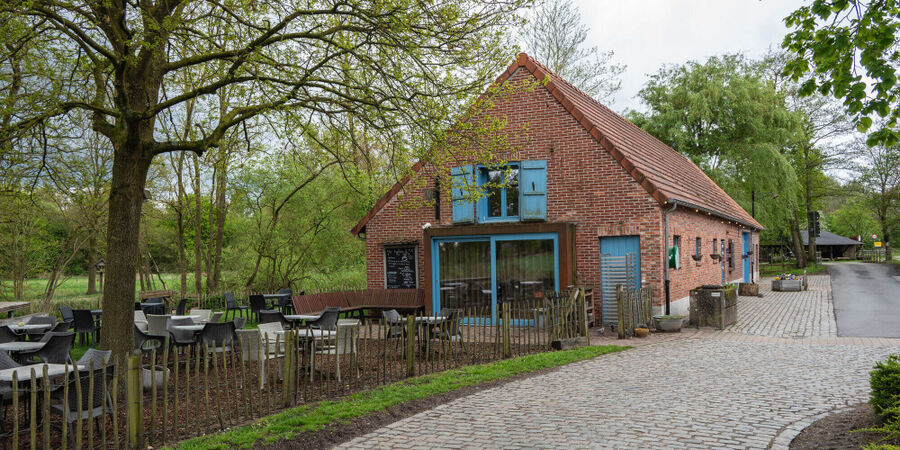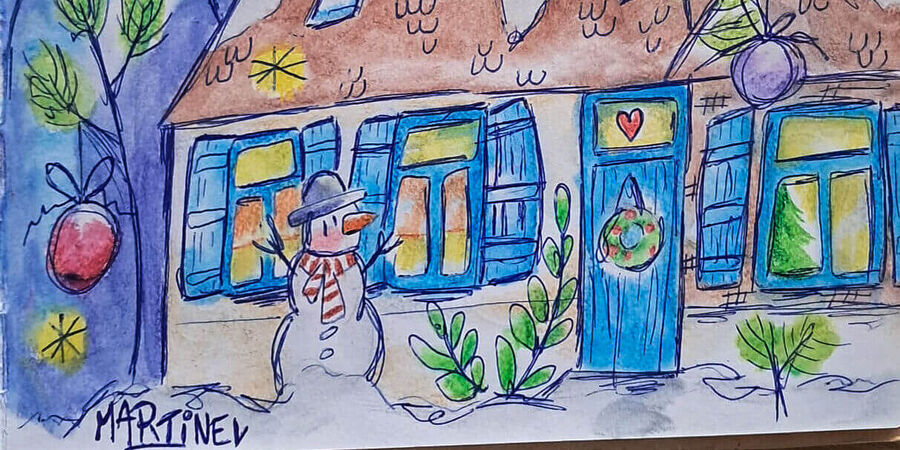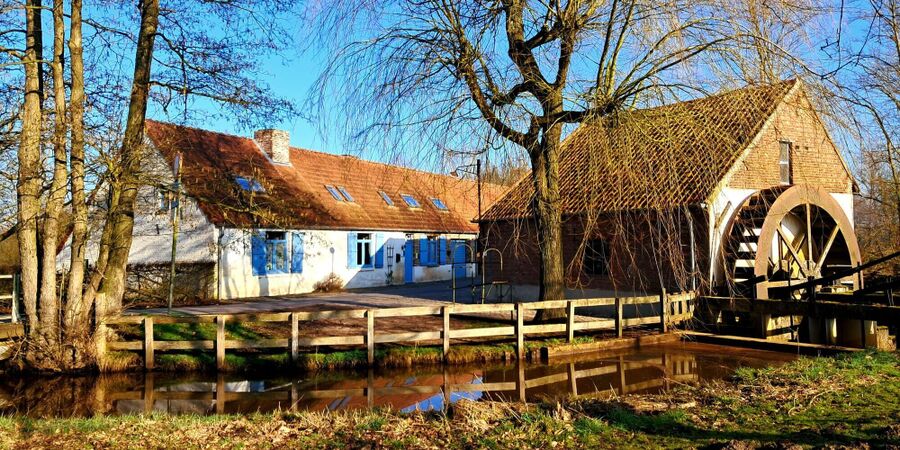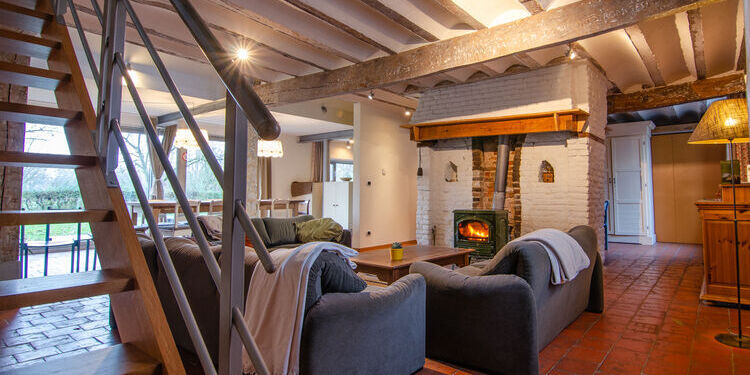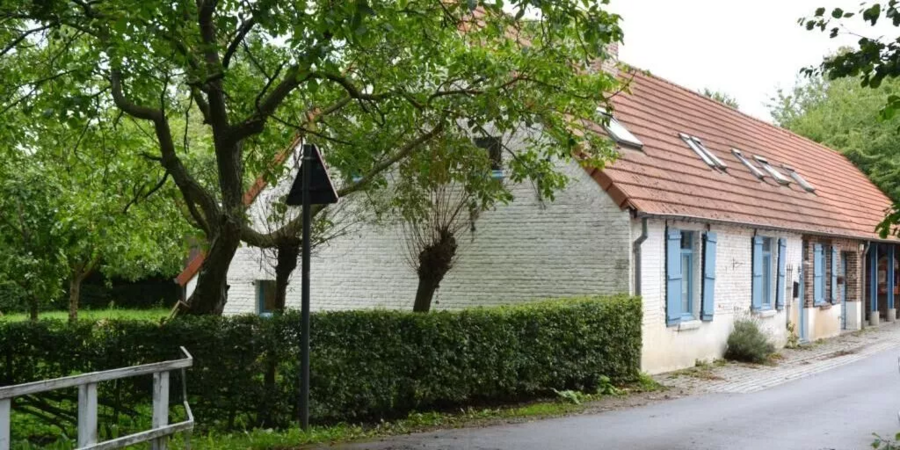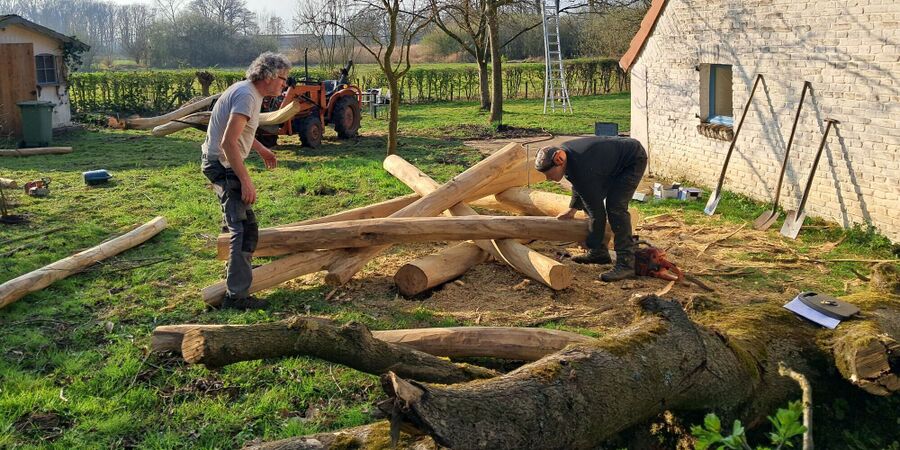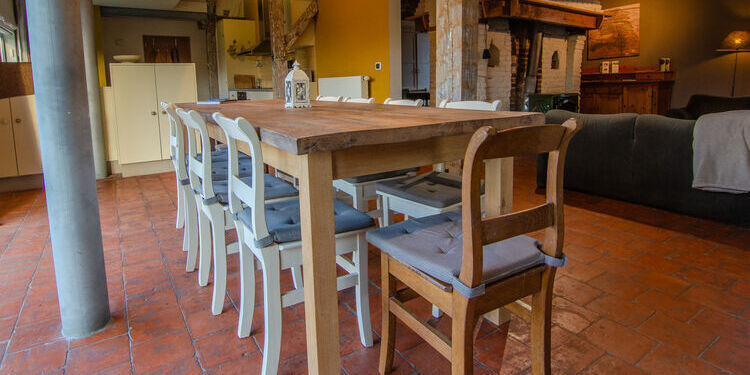Out of place in the Kempenbroek
Holiday home De Luysmolen is located out of place in the heart of the Kempenbroek. As a visitor, you are a guest in the midst of nature. It goes without saying that LeefJeNatuur strives to enhance nature in our garden and invite guests to experience it more closely. Thanks to the support of the Province of Limburg, we have been able to add a number of nature education elements:
The Stork Pole
We love to see the white stork appear in our field of vision. Their arrival is seen as a harbinger of the approaching spring. As baby carriers, they are a sign of good luck and we are happy when we see them passing on their return from the south. With its marshes and wet meadows, the Kempenbroek is a favourite resting place for these birds. A few pairs have already attempted to breed in the area. With the increase in the number of nesting poles available, the chances of this species settling here in the future are also increasing. LeefJeNatuur is happy to do its bit: by placing a stork pole in the garden of our holiday home, we hope that in the future a breeding pair will welcome our guests with their clattering calls.

Insect hotel
Bees are indispensable to us. They pollinate more than 75% of our food crops. Bees are threatened with extinction due to a severe lack of food and shelter. At LeefJeNatuur, we try to improve their living environment. With this bee hotel, we provide shelter for a number of species of solitary bees.
How does it work? The female lays her eggs one by one in a bamboo stick or other hollow space. She adds a little pollen and nectar as food for the larva. Then she seals the chamber. She makes several chambers in a row. The egg hatches into a larva, which pupates into a bee. The adult bee emerges the following spring. Bees are not the only ones to benefit from this hotel. Many other useful insects also take advantage of it and find shelter here. Go and explore the hotel. In spring and summer, you can often see bees hovering in front of the hotel to lay their eggs. Have you found any sealed openings? This is where the mother bee has already done her work and the eggs are developing. Tip! With the Obsidentify app from Natuurpunt, you can identify the bees!

Little owl box
The little owl is our smallest species of owl. It traditionally breeds in small-scale farmland with wooded edges, hedges, high-stem orchards and pollarded willows. The little owl is not afraid of human proximity and often breeds on farmyards, at least if it finds a suitable location there. The area around the Luysmolen mill is ideal as a habitat for this bird. By placing a specially designed nesting box in the cherry tree, LeefJeNatuur provides a pleasant breeding place for this owl.
Bat box
Bats play an important role in our natural environment. As nocturnal hunters and insect eaters, they protect us from all kinds of pests. They are very efficient mosquito exterminators and thus help to ensure a good night's sleep. The animals spend the day in old attics, behind the panelling of houses, under roof tiles or in hollow trees. Due to the stricter insulation standards in Flanders in recent years, bats are finding fewer and fewer suitable places to live in our homes. Installing a suitable box can offer a solution. LeefJeNatuur therefore ordered a specially designed box from the Nature Help Centre in Oudsbergen. These boxes have a narrow opening at the bottom through which the bats can climb up. Can you find them on the façade of the house? Are you staying at Holiday Home De Luysmolen in summer, spring or autumn? Take a look around the garden, along the stream or even on the street at dusk. How many bats can you count? In winter, they disappear. They migrate to their winter habitats, such as the marl pits of South Limburg, often dozens of kilometres away.
Birds in the garden
Birds do not have an easy time in our region for various reasons. Especially in winter, they sometimes find it difficult to find food. LeefJeNatuur regularly feeds the animals in the garden. This allows our guests to easily observe the different species from their windows. A few small binoculars and a bird guide are available in the house. Which birds will you discover during your stay? In addition to the well-known great tits, blue tits, house sparrows, robins and blackbirds, great spotted woodpeckers, goldfinches and yellowhammers are also regular visitors. The yellowhammer is the adopted species of the municipality of Bocholt and a typical species of the Kempen farmland. Have you spotted one yet?
Don't mow in May
LeefJeNatuur only mows a limited area of lawn behind the terrace. This leaves enough space for our guests to sit and enjoy the outdoors. The area around the playground equipment is also kept clear. In the other areas, we apply targeted mowing management to give wild flowers as much opportunity as possible to bloom and form seeds. Only then is the grass mowed and the clippings removed.
By applying this management method, we enrich the soil and give more species of herbs the chance to find a place among the grasses. This results in more flowering natural plants and a richer biodiversity. The flowering plants are a source of food for all kinds of insects, such as the solitary bees from our bee hotel and various species of butterflies. So, at certain times of the year, the garden may look a little neglected, but that is all part of the process. We try to mow on time, but practical constraints such as persistent rain can make this difficult.
The lawn around Holiday Home De Luysmolen is now home to many plants and it is fascinating to discover what is growing there. We have noted the following: yarrow, purple dead-nettle, primrose, snowdrops, ground ivy, field mustard, dandelion, greater plantain, cow parsley, cleavers, compass flower, robert's herb, daisy, hop clover, narrow plantain, mugwort, vetch, field thistle, small clover, red clover, etc. If you are curious to discover these plants, be sure to try the Obsidentify app.
The meadow behind the house is managed by Natuurpunt in a similar way. In April, hundreds of white and purple cuckoo flowers bloom. These are the host plant for the orange tip, a white butterfly whose male has an orange tip on its wings. If you are staying in the house during this period, take a look for the butterfly in the meadow or just wait until one strays into our garden.
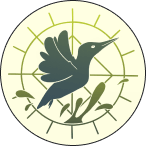

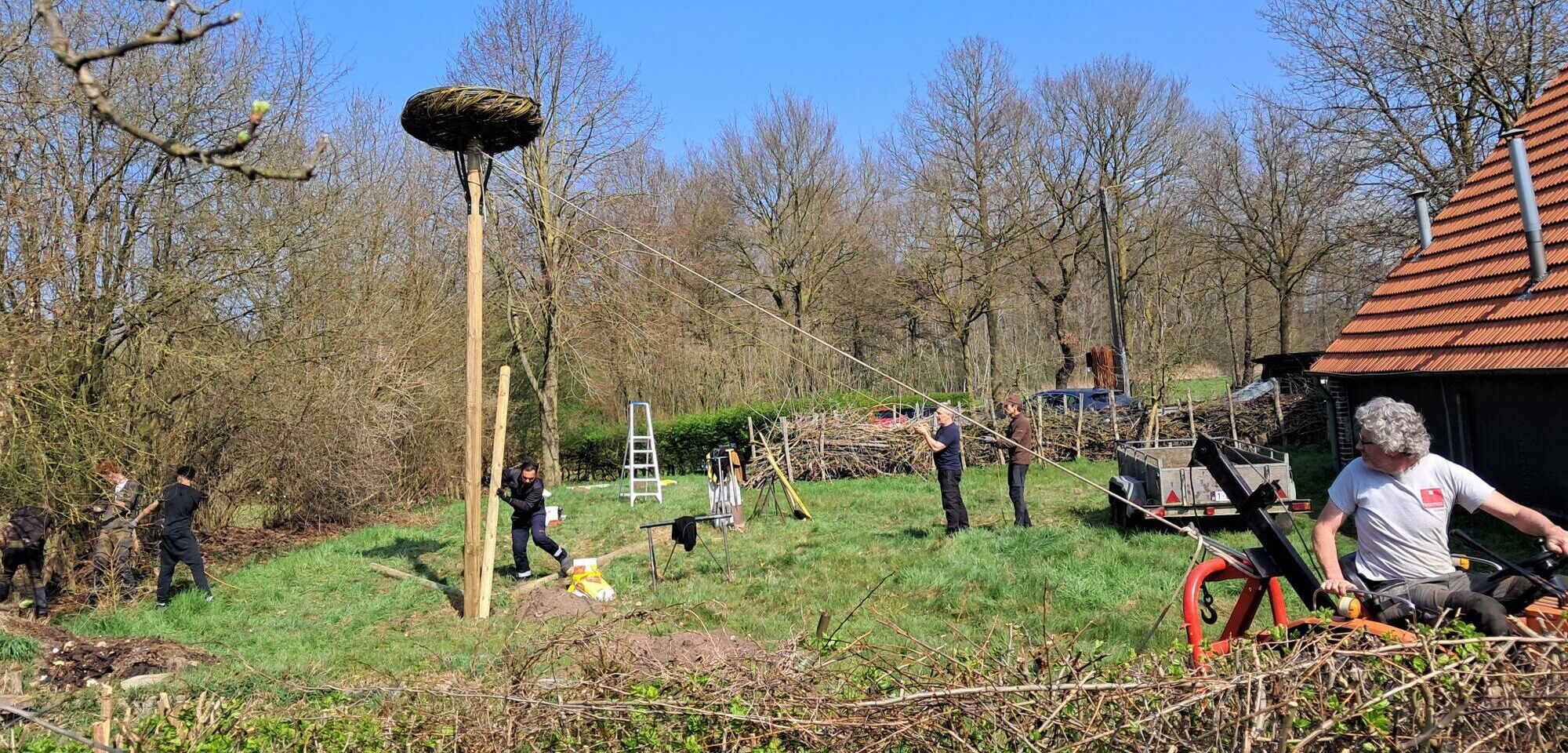

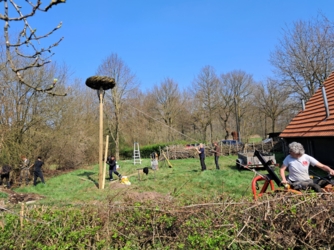
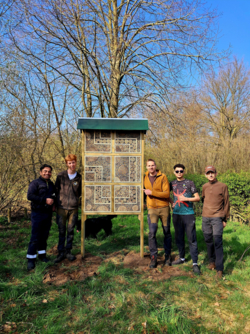
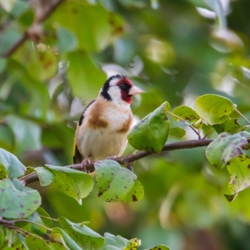 2024
2024  2023
2023 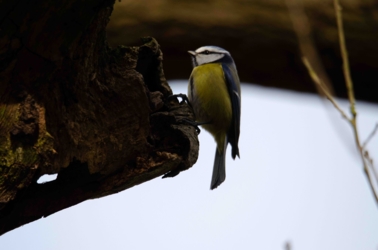 2022
2022 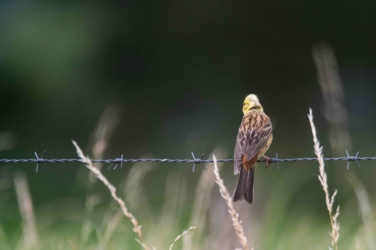 2024
2024 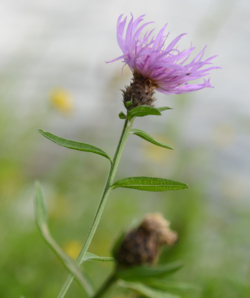 2016
2016 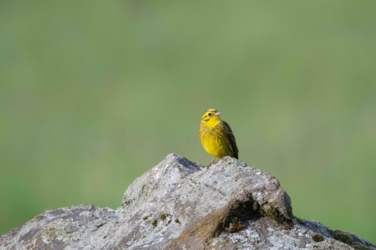 2024
2024 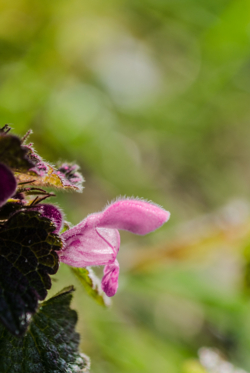 2015
2015 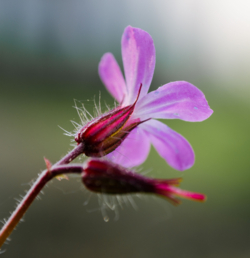 2015
2015 